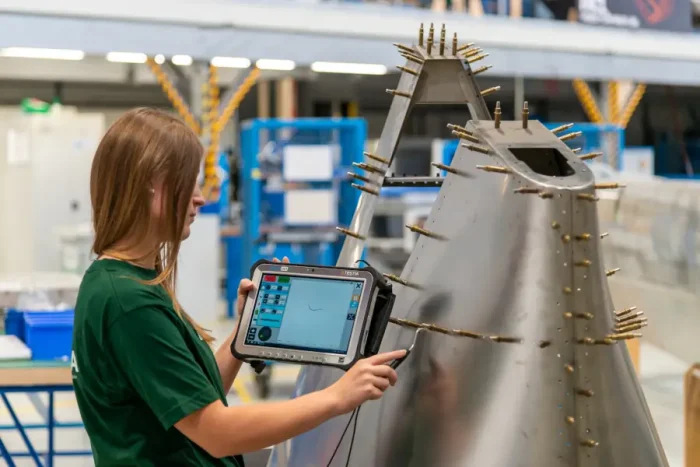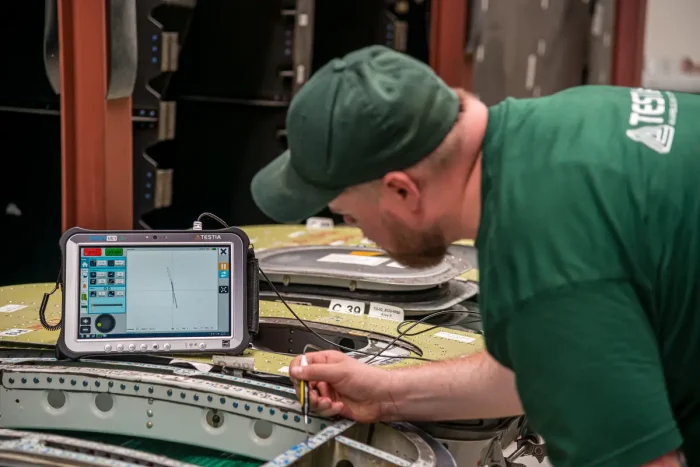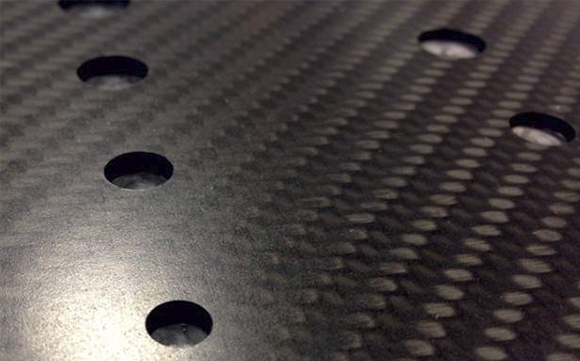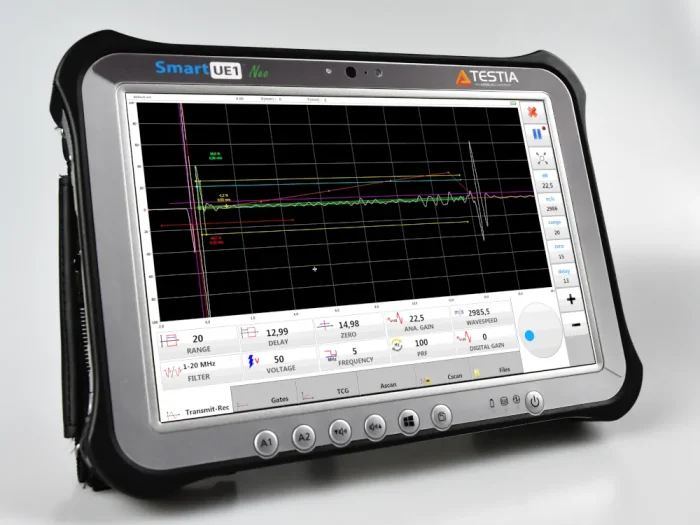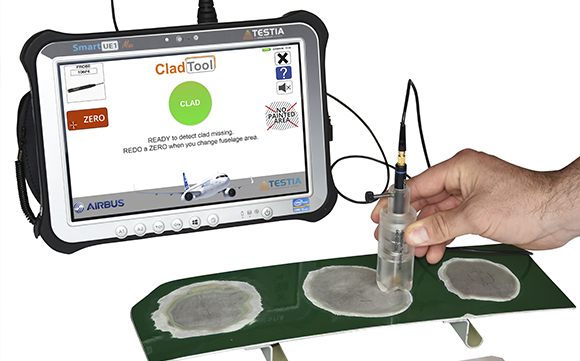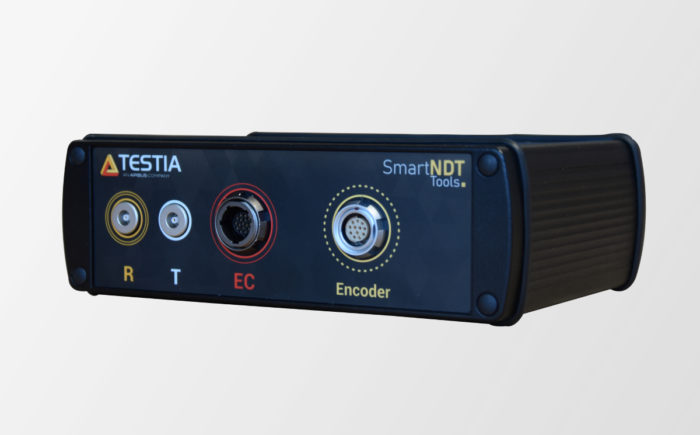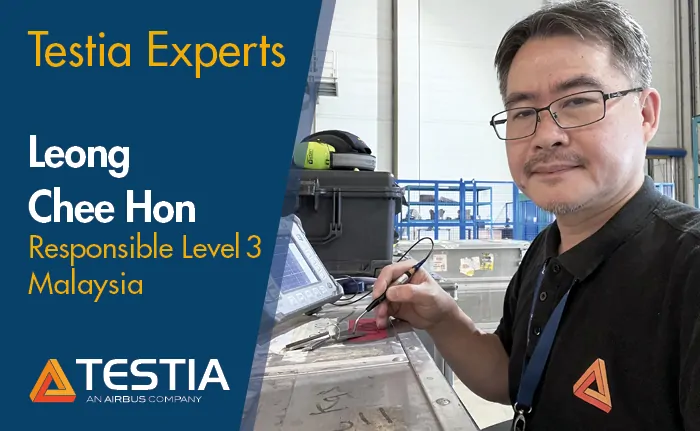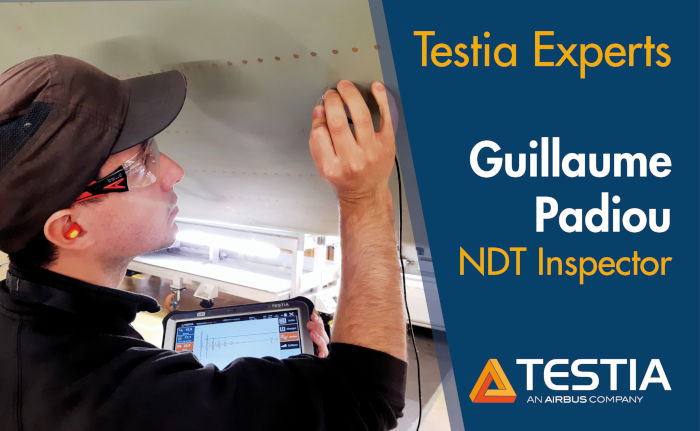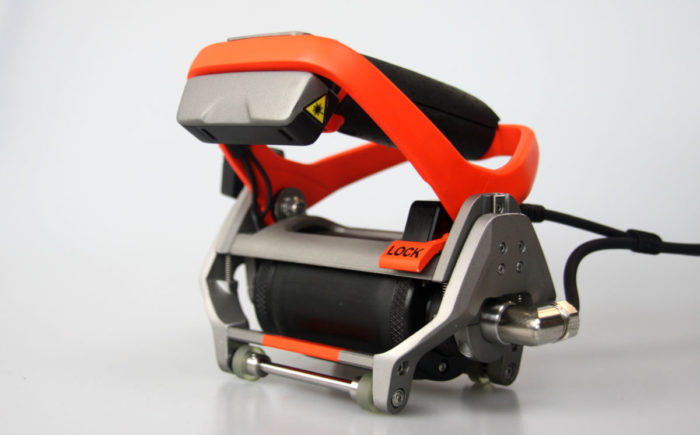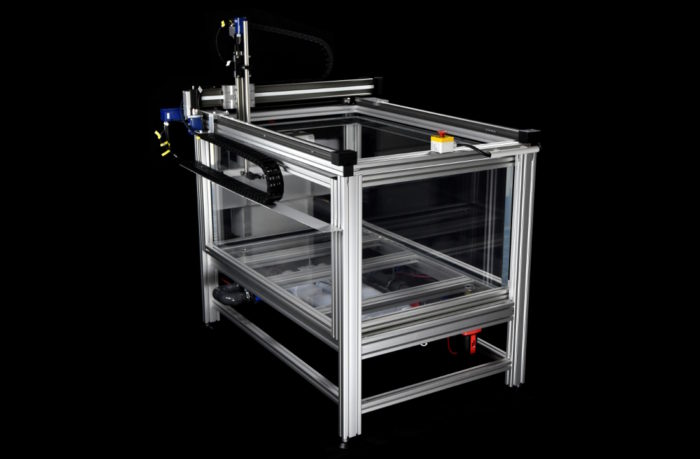Overview: What is Eddy Current Testing?
Working principle of eddy current testing: The magnetic field of a coil (the ET probe) causes electric currents in a nearby conductive material. These currents run in the opposite direction as the ones within the coil and are called eddy currents (also known as Foucault’s currents). The inspection process is based on changes of amplitude and phase of these eddy currents, which are caused by defects and irregularities in the tested material.
Types & Variations:
- Rototest
- Eddy current array
Use cases: surface inspection for coating, coating thickness, conductivity
Materials: conductive materials
Testia’s qualifications: EN 4179 & ISO 9712 – see the full list of Testia’s qualifications on our certification page
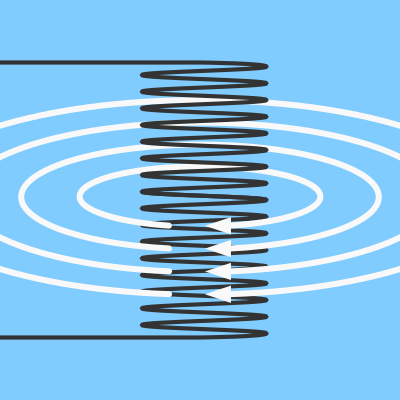
Testia's Eddy Current Inspection Services
We offer eddy current testing services for manufacturing in various industry sectors and in-service inspection (Part-145) for aerospace, Level 3 consultancy as well as ET training courses.
Typical use cases for this method include:
- inspection of cylindrical holes (rivet, bolt and bore holes)
- surface corrosion and cracks
- clad detection
- incoming goods inspection (material recognition)
- metallic tubes and rails


